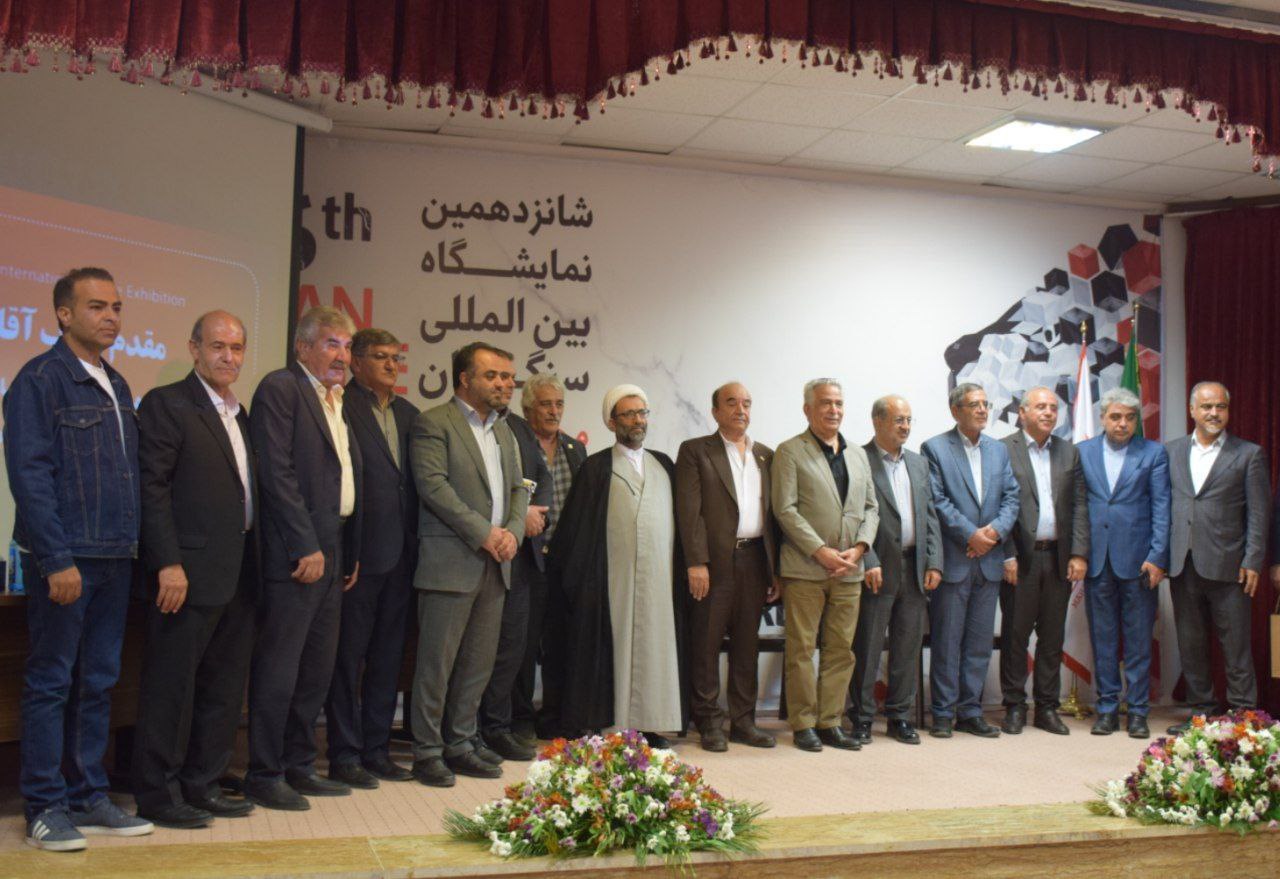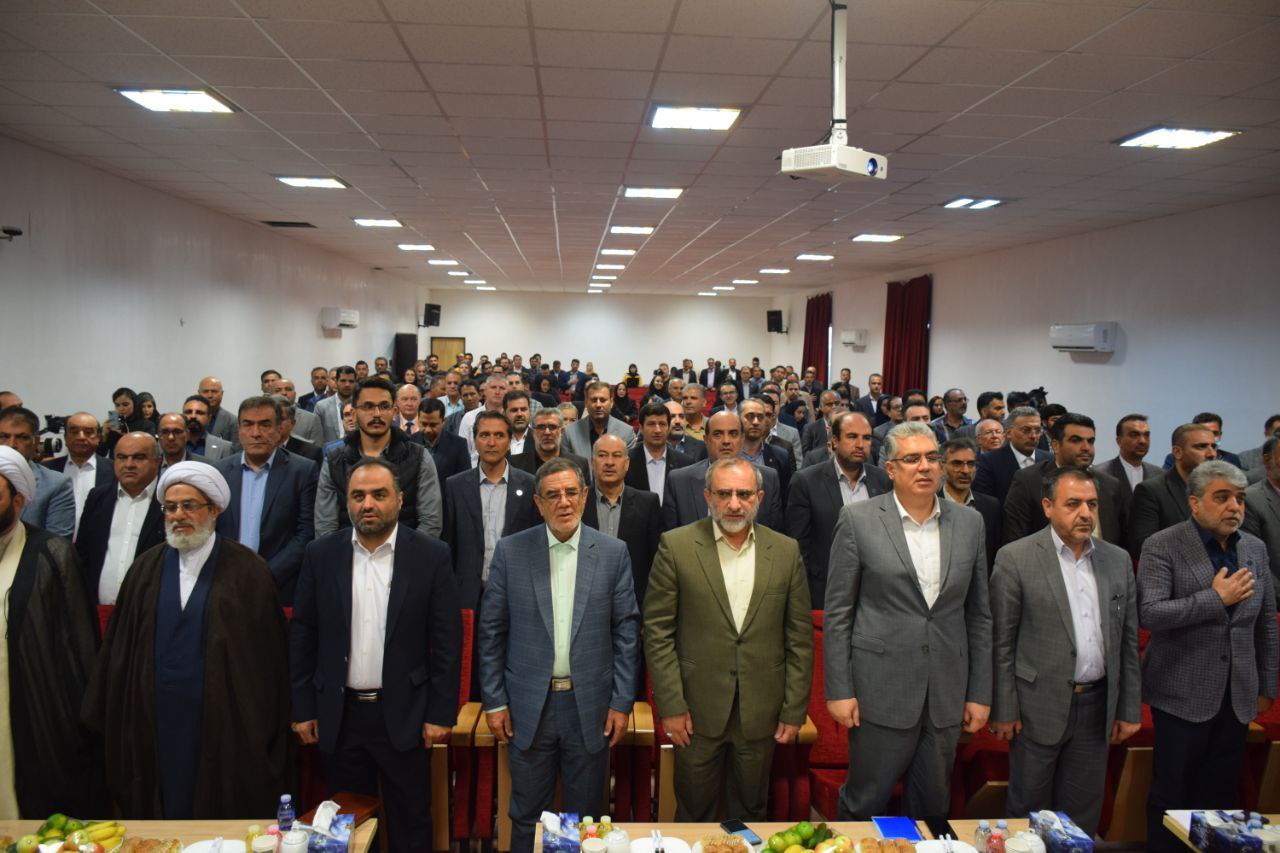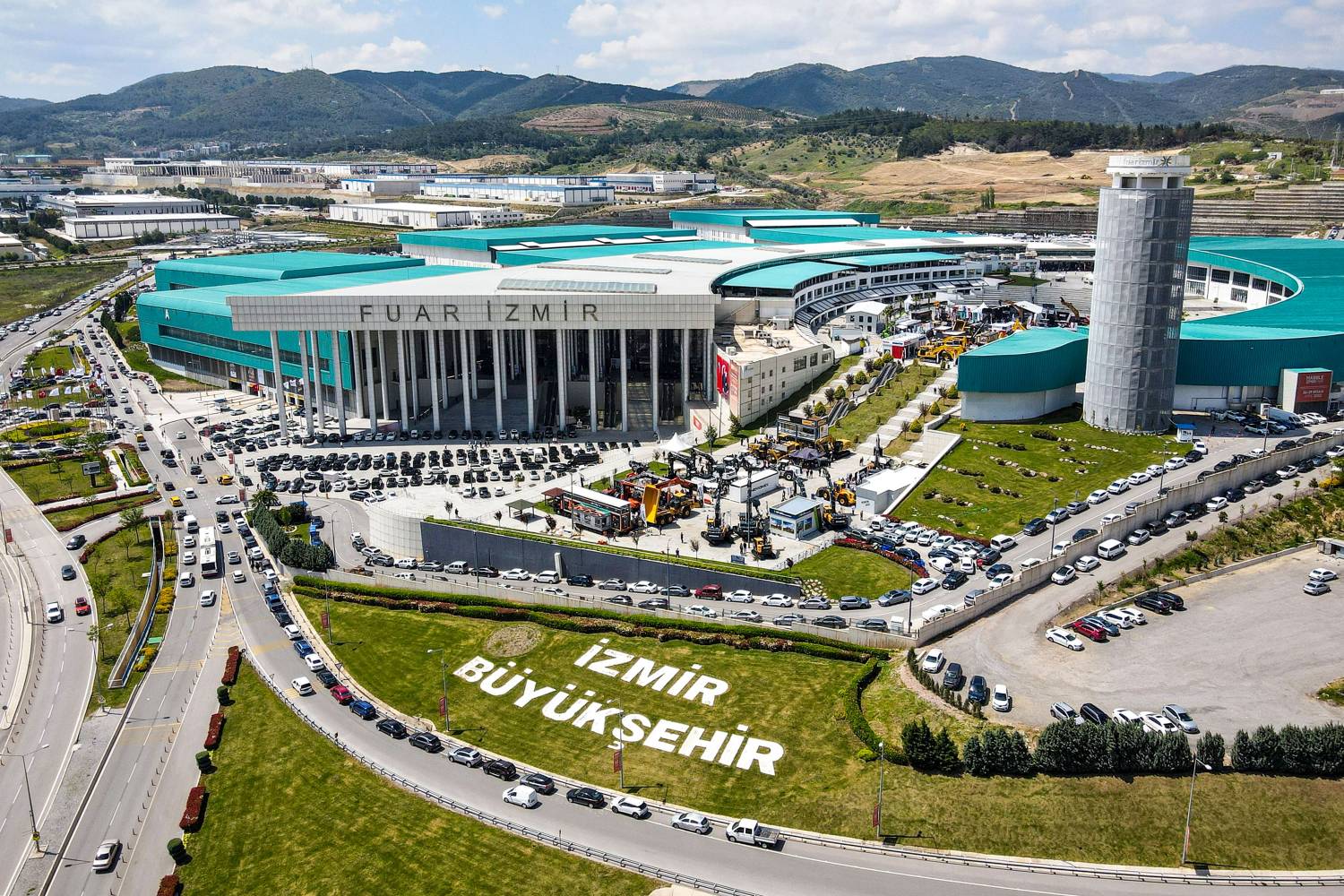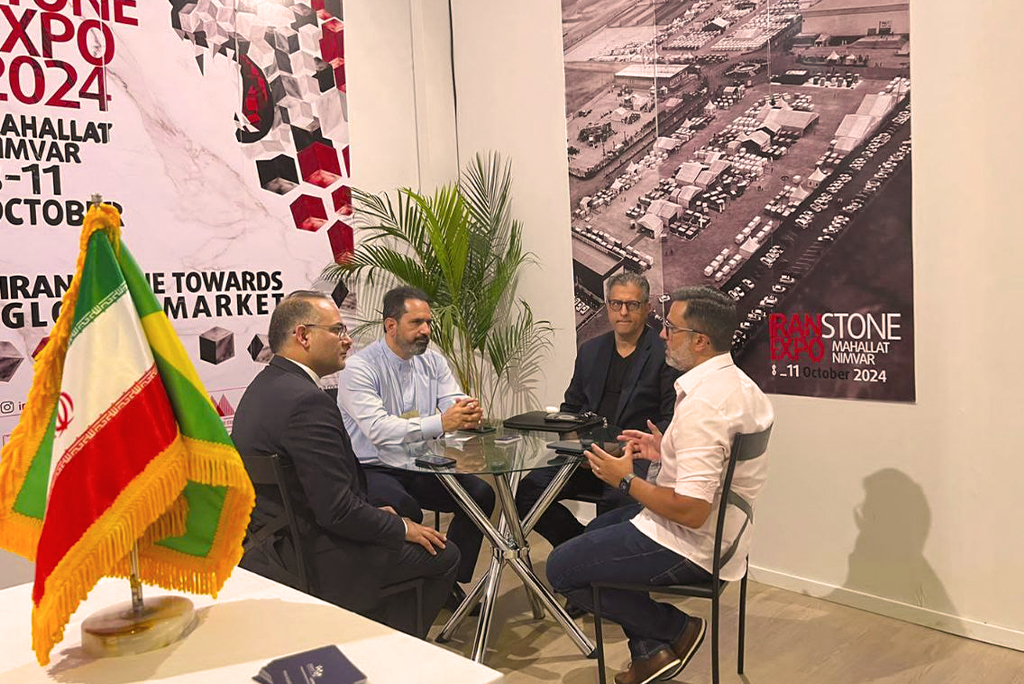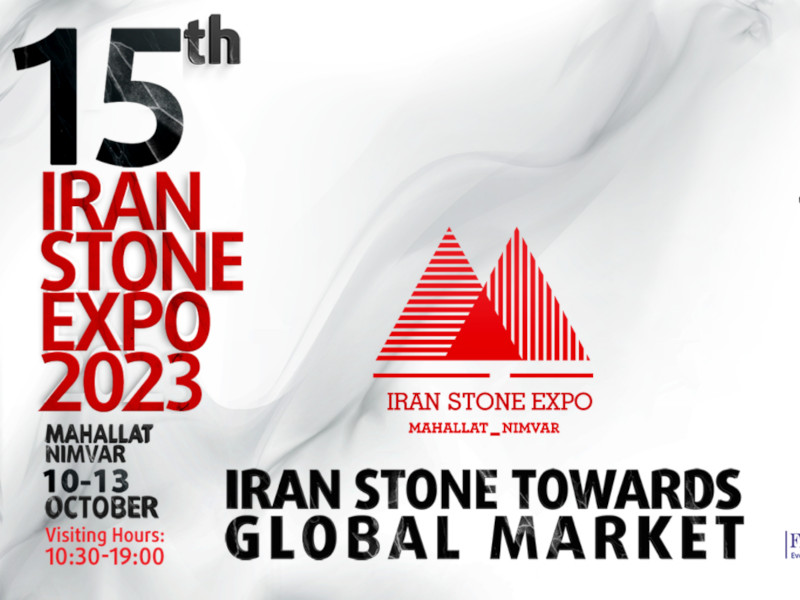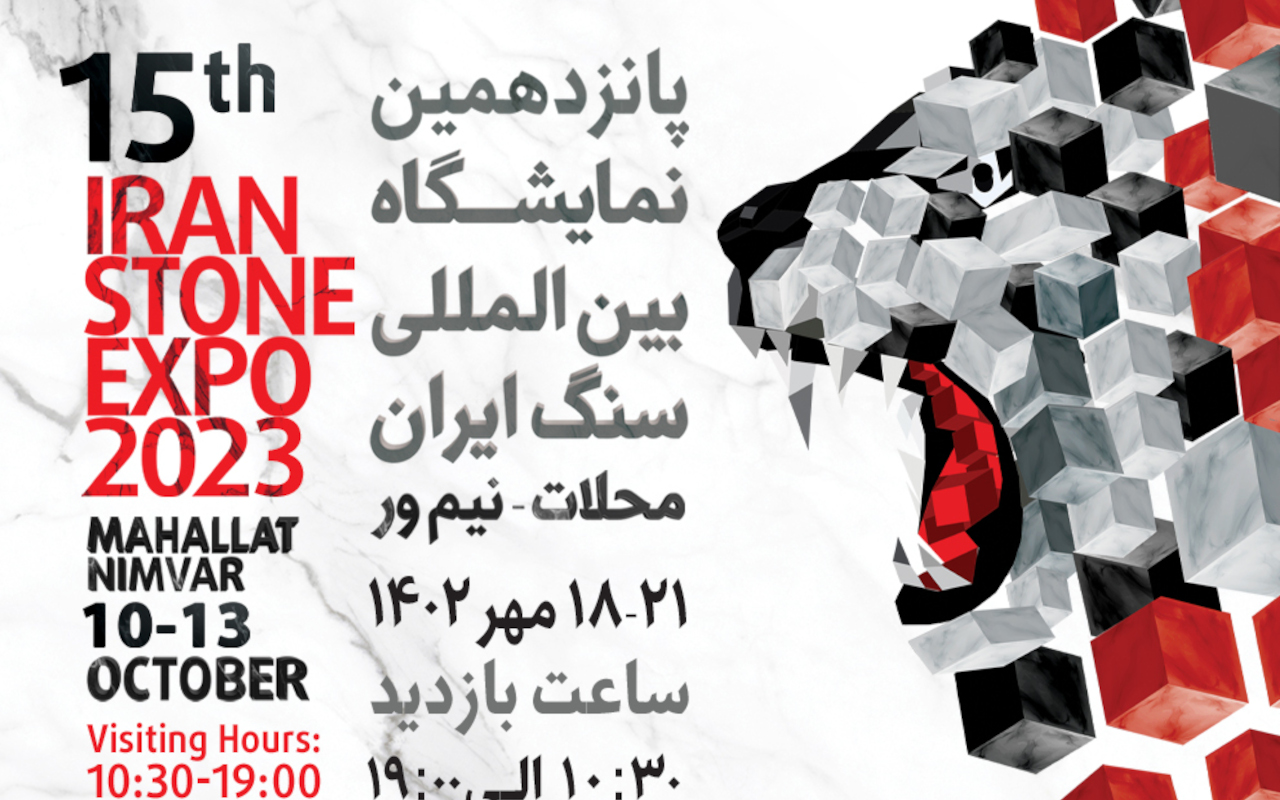The role of technology research and development in promoting the mining sector and mining industries
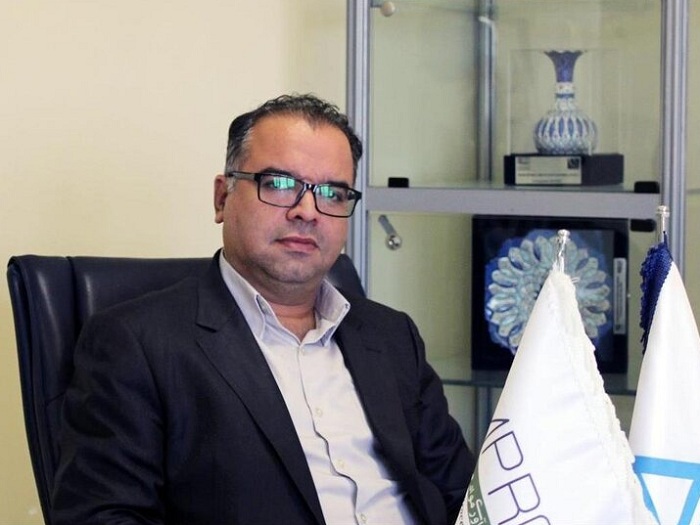
Research and development in mining is important from both a consumer and a producer position. These activities focus on new technologies in exploration, mining, and processing that are important to both producers and consumers.
According to the Iran International Stone Exhibition, successful research and development produces new technology that reduces production costs, increases the quality of existing mineral products, reduces the harmful effects on the environment, and improves safety and health, so the greatest benefit Includes the consumer.
Some mining companies now have good investment in R&D, but that is not enough, and in the near future, the industry will face many challenges, such as increasing demand from developing countries, a general approach to the use of low-grade minerals, and increasing emphasis. To reduce energy consumption, and reduce carbon dioxide emissions. To overcome the challenges, these industries need to significantly increase research and development. As the world enters a period of economic uncertainty, the sector will need to refine its approach to research and development, reconsider collaborating with universities and research collaborations with other companies and institutions, and investing in research. And be more creative development.
The fact that the growth rate of investment in the mining and metals sectors is much lower than in other sectors such as pharmacy, due to various factors, is one of the main reasons for the failure of research projects for which huge investments were made. Most of these failures are due to poor market conditions, for example high operating costs, low metal prices, and the hasty use of technologies that have not yet been proven on a large scale, so there are many reasons why the industry Extraction has moved away from large, high-risk research investments. Decreased research and development in the extraction of minerals and raw metals has also occurred in academic research. Some mining schools have changed their name to "Earth and Environmental Engineering", which has led to fewer people enrolling in mining.
Therefore, despite all the disadvantages mentioned, it should be remembered that research and development is the main part of the economy and is a function of the waves and trends and the general state of the economy. A small number of mining companies spend more than five percent of their revenue on research and development, and a small number spend about one percent of their revenue on this. This amount of research and development is very small compared to other departments known as high-tech departments. The proposed approach in the mining industry includes the following:
- Increase energy efficiency and reduce waste
- Approach to continuous operations
- Increase reliability and availability
- Faster operation and automation to reduce human costs
- More mechanization and monitoring
- Fast mobileization and development of mobile systems
- Minimal waste
- Ability to use low-quality resources at low cost
The right approach to the knowledge-based aspect of mining shows that knowledge plays a complementary role to operations, and to be more effective, human resources with different capabilities are needed and should focus on "value generation" instead of "operations". Continuous innovation is the key to achieving long-term benefits, but innovations in the mining industry face low investment in research and development, competitive supplier relationships, companies focusing on terms such as less, bigger, longer life, and so on. Based on research and development modeling and investing in ideas and innovations in other industries, mining companies should increase their R&D investment from 0.25 to 0.6 percent to one to two percent.
Also in relation to extensive cooperation and open innovation, it should be noted that joint ventures will involve joint risk and income. If the mining industry wants to find its proper place and be a leading industry, it must adopt a new approach and provide sustainable capital. In general, the mining industry needs to seriously consider the following to find its true place:
- Increase investment and smart investment in research and development
- Changing the conservative view to the risky view
- Pay special attention to innovations
- Open and extensive cooperation with other companies
- Close and extensive cooperation with universities
Knowledge-based economics and research and development indicators
Today, knowledge-based economy is the key to the development of national competitiveness at the international level, which achieves the goals of the resistance economy, especially in the field of employment of educated and young people. One of the indicators of the knowledge-based economy development program is the Gll Global Innovation Index, which is published annually and fortunately has been designated as one of the monitoring tools in the Command Headquarters of the Resistance Economy.
According to the latest version of the Global Innovation Index, the status of this index in Iran among more than 120 countries has a growing trend due to the adoption of resistance economy policies and the development of knowledge economy and has risen from 120th in 2014 to 75 over the next three years. Which puts the country among the economies with the highest growth in the field of innovation and also the leader in innovation in the region of South and Central Asia after India. However, the 75th rank does not reflect the reality of the country due to its national capacities and innovative capabilities. International models, however, are often not accurate measurement tools due to specific approaches as well as challenges in data collection.
Another important indicator is the share of R&D expenditures in GDP, which has been mentioned in various articles. Despite the development and promotion of developed countries in this index in the range of five and four percent, the share of R&D expenditures in GDP is insignificant. However, according to the announced statistics, during the mentioned period, it has increased from 0.42% to 0.83% and the number of researchers has more than doubled (from 91 to 184 thousand people), which seems to be a good improvement, but with reality. And targeting upstream documents in the general policies of science and technology and the comprehensive scientific map of the country in achieving a four percent share of research and development in GDP is a significant distance.
For example, according to the annual budget law of the country, the share of research and development is only at least one percent of GDP by government-funded supply, which does not include research and development with private sector resources of large state-owned and public companies. Realization of statistics and information doubles the country's research and development in national and international authorities.
Another important point that has been overlooked in this regard is the imbalance in the share of R&D expenditures in GDP in various economic sectors, which undermines the growth of research and technology development in sectors such as oil and gas, mining, agriculture, It has made the defense industry, etc., and considering this important, it can lead to the balanced development of all sectors, especially those with a comparative advantage in the country's economy.
Also, considering that spending and research and development activities are key issues related to the growth and development of the market of large and leading manufacturing, industrial and mining companies and institutions, collecting statistics and research and development information of companies and institutions has a significant impact on Improving the country's statistics and information will aim at domestic policies as well as international rankings.
Fortunately, with the good actions taken by the Vice President for Science in coordination with the Statistics Center of Iran, which is in charge of research and development in the country, focus on research and development, which is one of the most important indicators related to policies to support industrial and economic enterprises. International rankings in the fields of science, technology and innovation are also emphasized.
Wishing to achieve a worthy and necessary position of technology research and development in the country, especially in the mining and mineral industries
Majid Vafaeifard - Director of Iran Mineral Processing Research Center - IRNA
